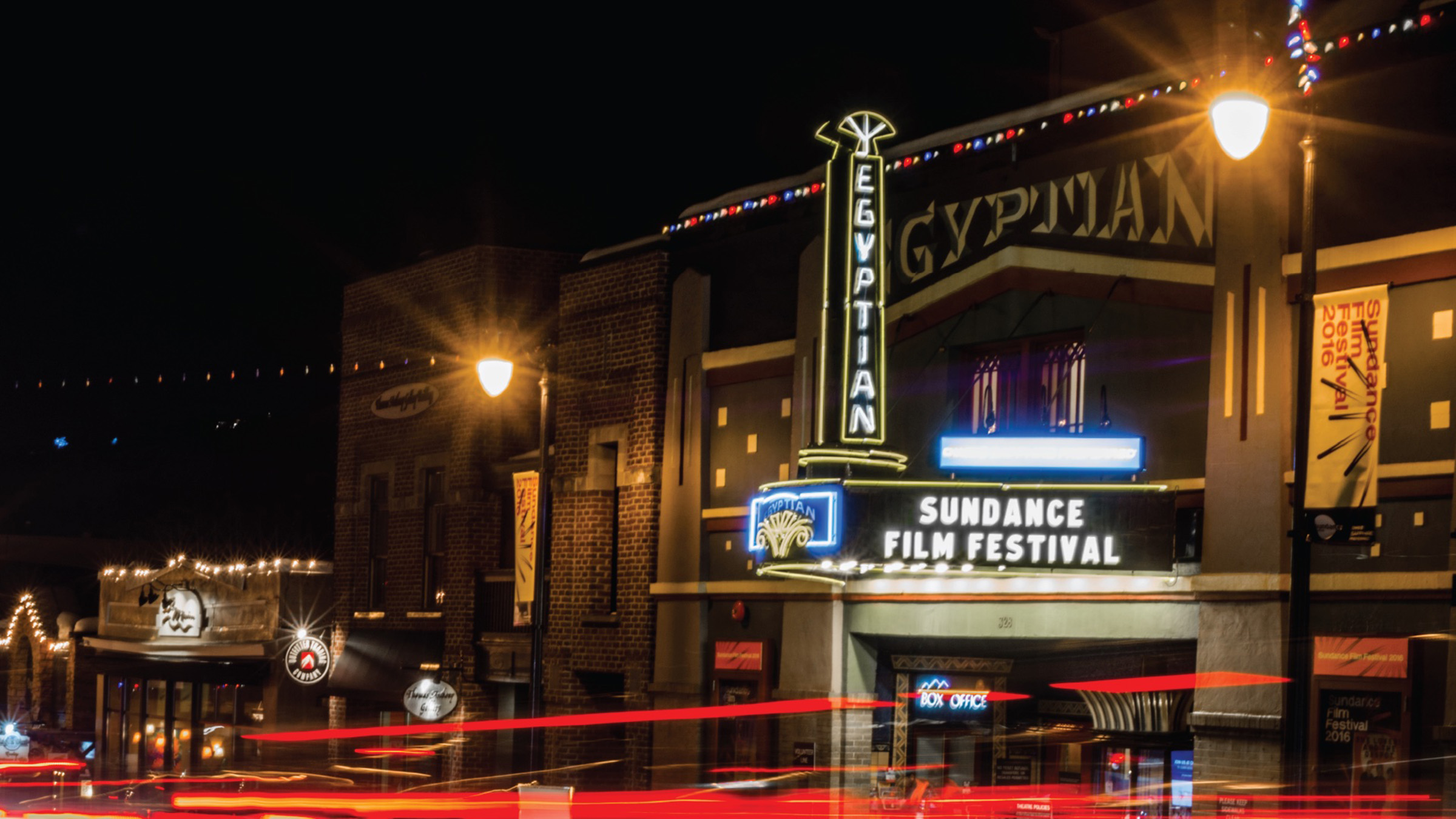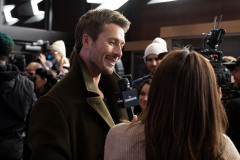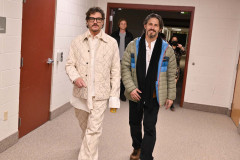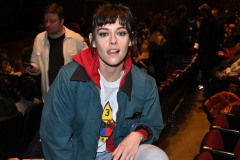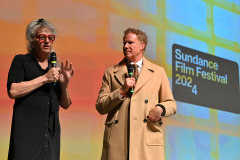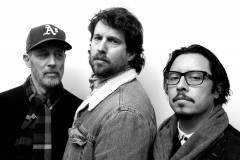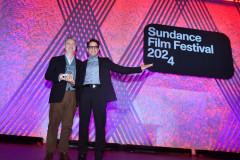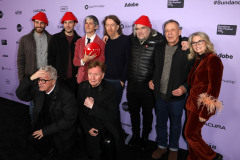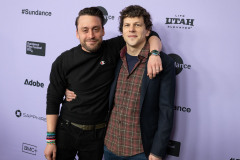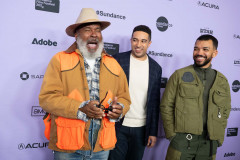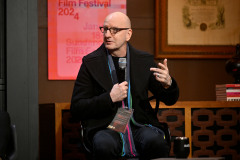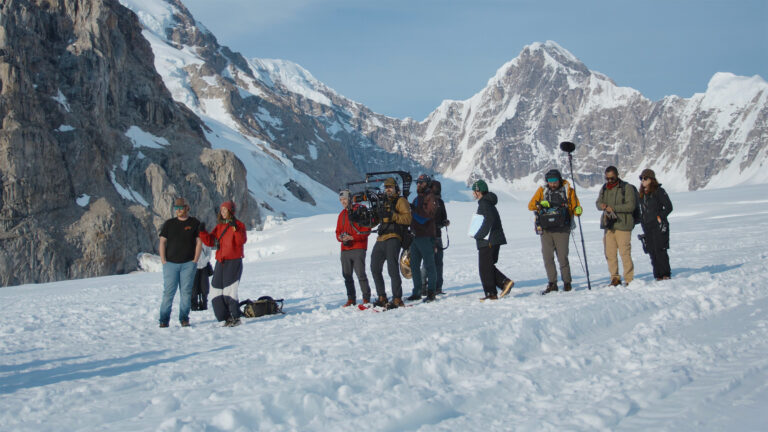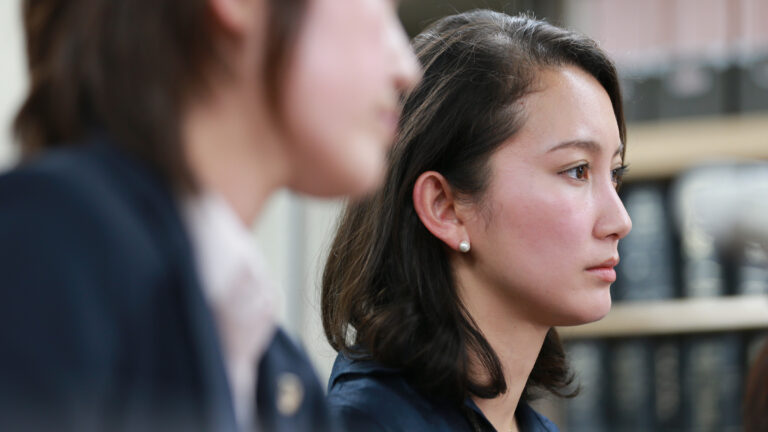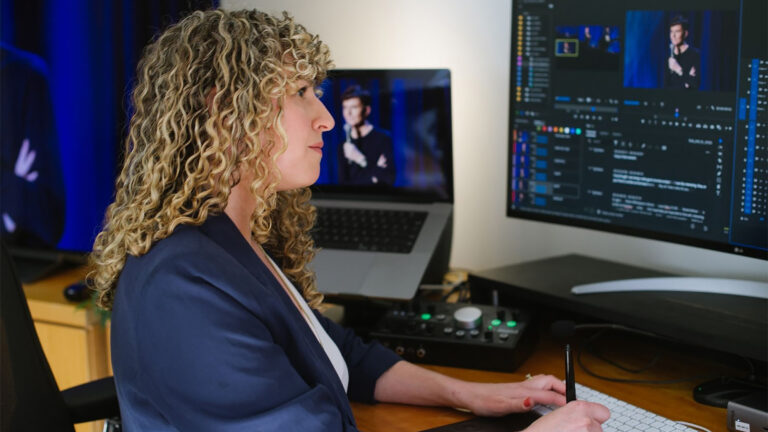Sometimes a trend emerges at a festival, whether by accident or design. This year, that trend just might be Frame.io.
Out of a record 17,000 films submitted to Sundance and ninety-two selected for screening, a whopping forty-six films used Frame.io in their workflow. That’s fifty percent! Included in that number are festival standouts My Old Ass, Thelma, and Frida, all of which used Frame.io.
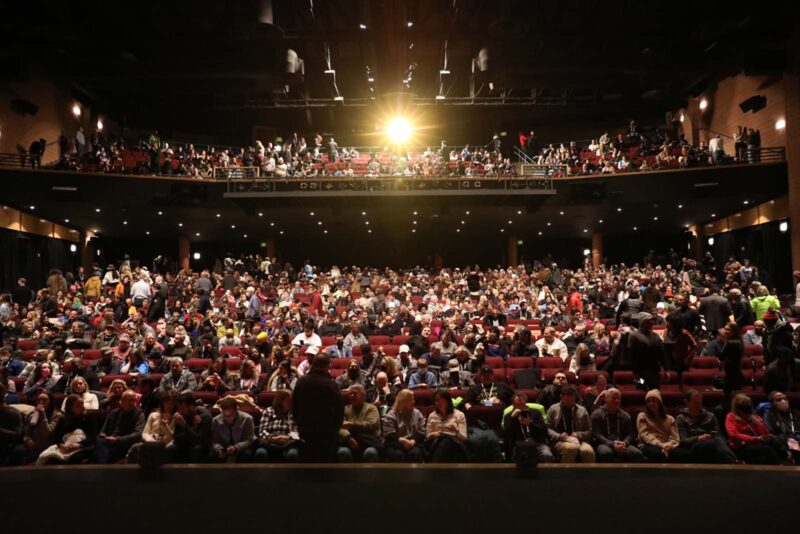
Does that mean that using Frame.io will guarantee your film a spot at the festival? Not necessarily. But there does seem to be a strong correlation between Frame users and Sundance success. Filmmaking teams with partners working around the globe especially love the power and flexibility they get from Frame.io.
Sundance creators love Frame.io
This year, I was lucky enough to attend the Sundance Film Festival. Everywhere I went in Park City, people seemed eager to talk about Frame. My first encounter was with It’s What’s Inside director Greg Jardin and his producer Jason Baum. I happened to strike up a conversation with them on the bus traveling to Main Street. Jardin and Baum eagerly told me how Frame.io had helped them create their film in conjunction with Premiere Pro and After Effects. I wished them luck, but apparently they didn’t need it. The next day, It’s What’s Inside sold to Netflix for $17 million in the second major sale of Sundance 2024.
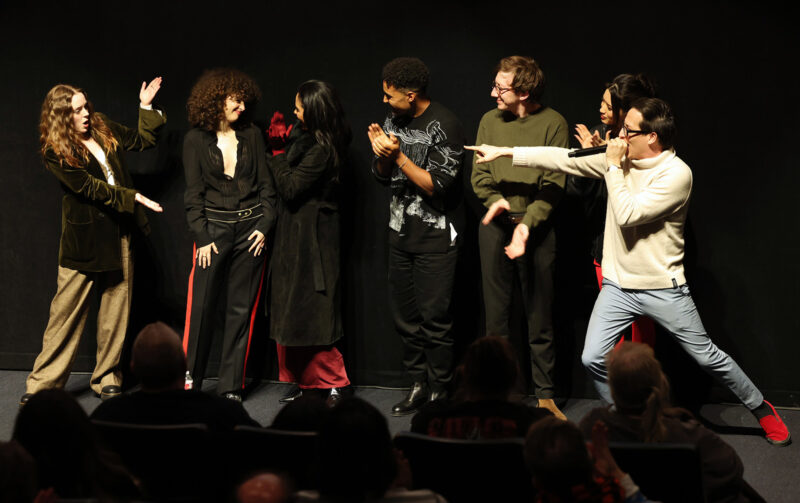
Jardin and Baum weren’t the only creators excited about Frame. In the press line for Frida, director/editor Carla Gutierrez told me, “Frame.io was our central way of communicating. We worked with collaborators in Mexico who were collecting archival footage and uploading it into Frame. That was the first step to me being able to see what I could use creatively in the film.”
Frame.io was our central way of communicating.
“We also used Frame later on in the process,” Gutierrez continued, “to receive notes from executives and our supervising editor. We also used it to go back and forth with the animation team about creative notes. Frame was our communications hub. I love Frame.io!”
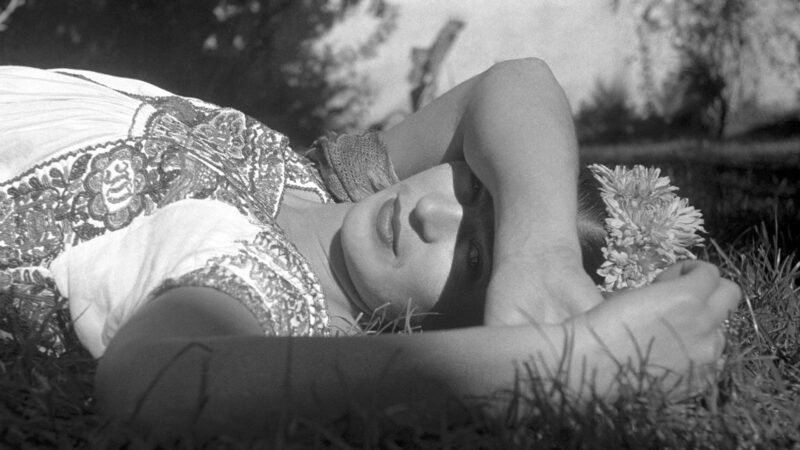
Producer/actor Kayla Foster had similar feelings. On the press line for the supernatural comedy Your Monster, she said, “Being able to go through Frame.io and make every single note that we wanted to, linked to timecodes, was life-changing. We started our post process using different programs, but once we discovered Frame.io, it was game over. It was incredible.”
Didi editor Arielle Zakowski also had kind words for Frame. At the “Igniting Impact” talk, she told the audience that Didi “used Frame.io from day one of shooting. Our crew was up in northern California, and we were editing down in LA. Every night, the crew would upload all the dailies to Frame. By lunchtime the next day, I was already screening footage.”
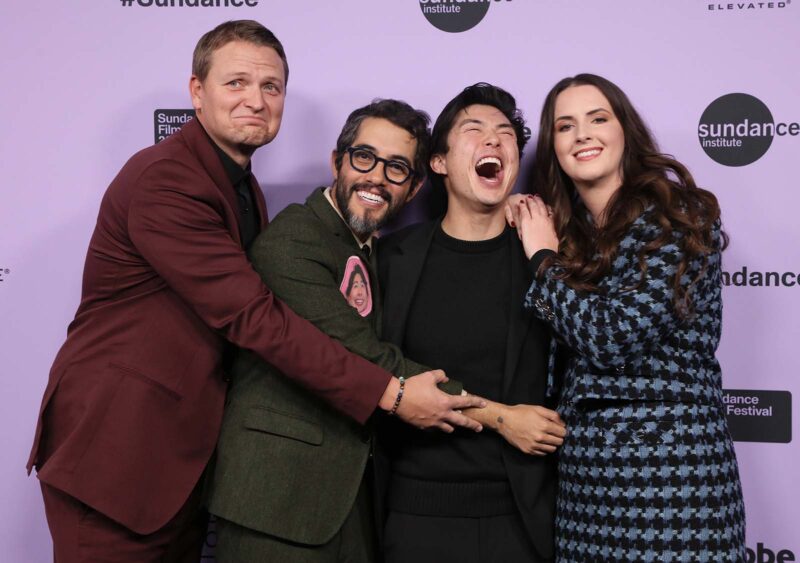
“Frame.io was also how we shared cuts with our producers,” Zakowski continued. “It was how we got the film to and from our composer and our VFX team. We also had several motion graphics scenes in the movie. We were posting those in Frame and our director was leaving notes right on the footage while he was working in various finishing houses all over the place. Frame.io was truly our base of communications from day one of shooting to two weeks ago when we finished the film.”
Focus Features recently acquired worldwide rights to Didi. The film also won Sundance’s U.S. Dramatic Audience Award and the U.S. Dramatic special jury award for best ensemble cast.
Festival trends: AI
Frame.io wasn’t the only surprising trend at this year’s Sundance. Artificial Intelligence took center stage, mainly embodied in the Kristen Stewart-starring drama Love Me, which is also a Frame.io film. Set in a future without humans, Stewart somehow embodied a 350 Smart buoy that carried on a romance with a space satellite (played by Steven Yuen). The imaginative film took home Sundance’s Alfred P. Sloan Prize for Science in Film.
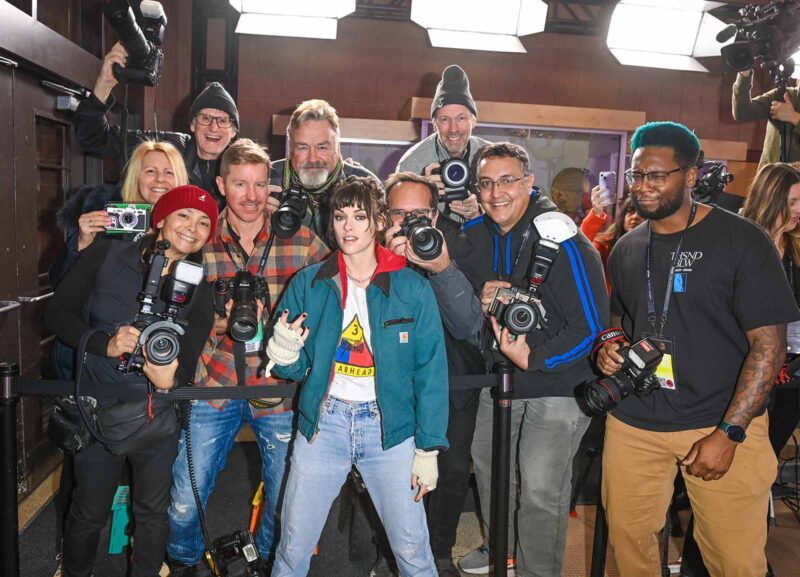
AI weirdness was also the focus of Love Machina, a documentary about a plan to place a human consciousness inside a robot. Similarly, Eternal You focused an AI program that hopes to bring the dead back as avatars. The “Let’s Rebrand AI!” fireside talk continued the trend by bringing artists and creative technologists together to interrogate AI’s place in popular culture.
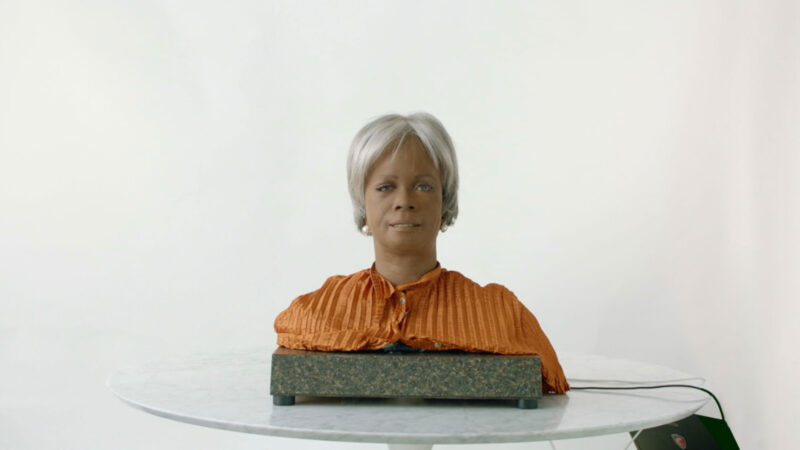
In the New Frontier program, the controversial Being (The Digital Griot) project caused audience members to walk out of the demonstration. Being is artist Rashaad Newsome’s attempt to display an AI that can carry on conversations with people. Theatergoers were encouraged to approach the silver screen and ask the AI to converse with them about topics like racism or the patriarchy.
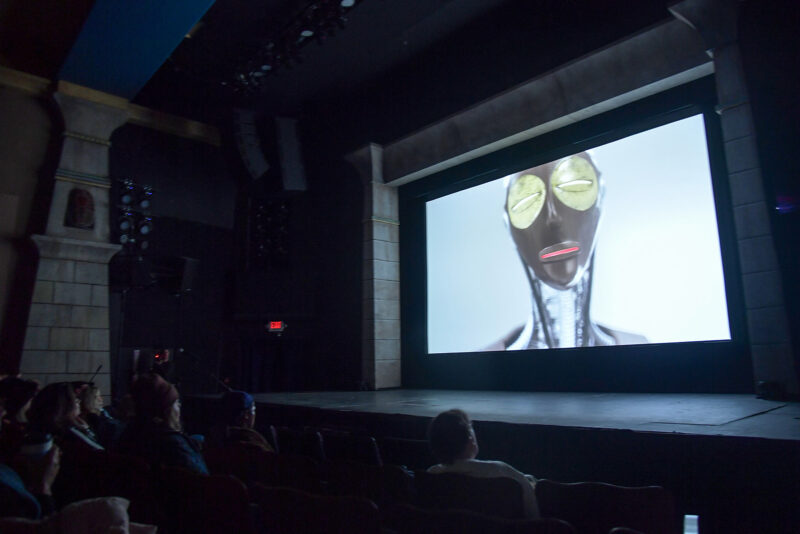
Reportedly, an audience member appeared to shout profanity about AI during the screening. Newsome responded by refusing to participate in a post-screening Q&A until the audience member was ejected from the theater. Roughly a quarter of the audience walked out of the auditorium in solidarity.
This incident highlights the rising tensions that many people feel about the presence of AI in the filmmaking world. Whether or not Sundance’s lineup helped or harmed AI’s position in the industry is still up for debate.
Trending towards the paranormal
There was another trend rearing its dark head at this year’s Sundance. The Midnight program had the supernatural springing out of everyday objects or locations, such as a TV set (I Saw the TV Glow), in the wilderness (In a Violent Nature), out of a suitcase (It’s What’s Inside), from a closet (Your Monster), or out of a 90’s sitcom (Krazy House).
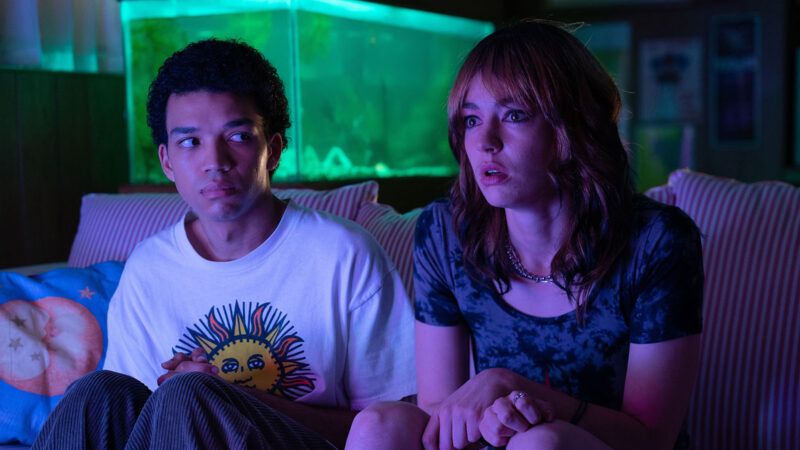
And if that wasn’t weird enough for you, the deceased came back to life in Handling the Undead. Aubrey Plaza met her future self in My Old Ass. A man joined The American Society of Magical Negros and the documentary Look Into My Eyes explored the relationship between psychics and their clients. Audiences also saw a haunting from the ghost’s perspective in Steven Soderbergh’s new film Presence. And the “nonfiction adjacent” film Realm of Satan showed Satanists just trying to live their everyday magical lives in peace.
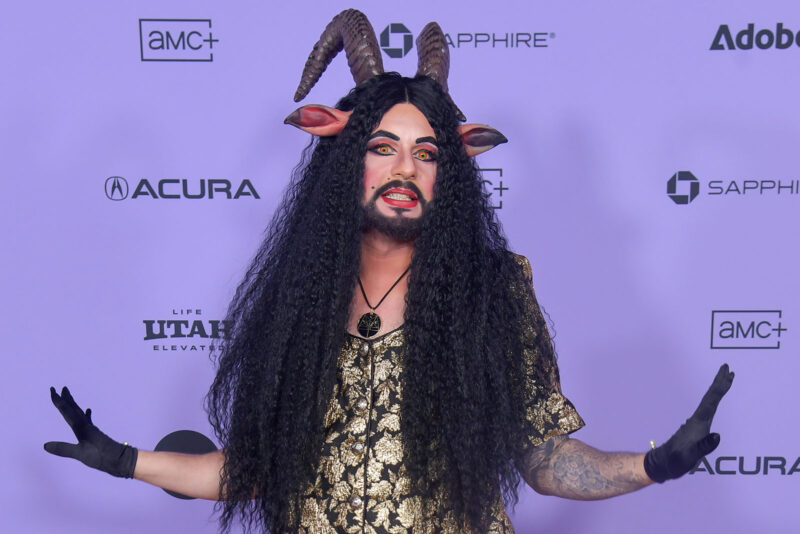
Cultural idols
The Sundance trends didn’t stop there. The festival also sported a string of documentaries that were focused on entertainment and cultural icons. Tammy Faye Messner, Frida Kahlo, Christopher Reeve, Luther Vandross, and the band Devo all had documentaries about them screening at the festival.
One surprise was the film Eno. It used AI to create the first “randomized” documentary about legendary producer-artist-composer Brian Eno. Speaking at the film’s world premier, filmmaker Gary Hustwit and creative technologist Brendan Dawes estimated that their unique generative software could create around “fifty-two quintillion” possible narrative branches for the film. Sundance only showed six versions of Eno this year, but future software iterations could edit the movie live in theaters, giving audiences a unique experience every single time.

Unexpected connections
A Sundance standout that doesn’t sit comfortably in any of these trends is Thelma. Thelma is director Josh Margolin’s hilarious tale of a grandmother who goes on a Mission Impossible-style adventure across LA to retrieve her money, which was stolen by phone scammers.
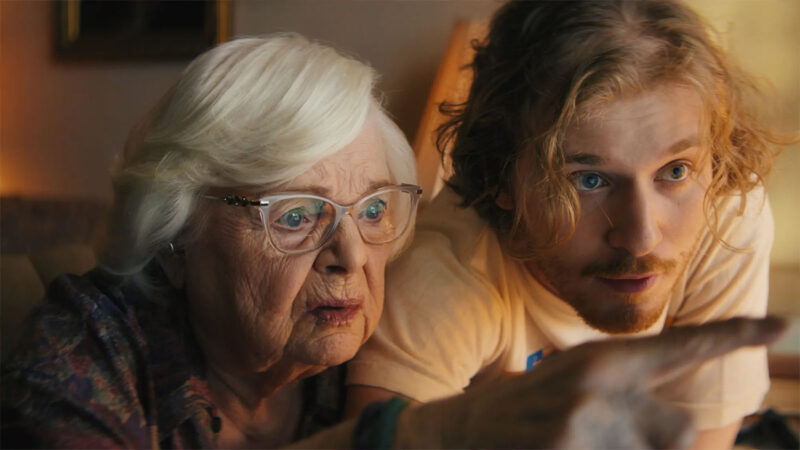
Margolin is also a Frame.io fan. Speaking at the Adobe on Main venue, he said, “Frame.io’s interface was incredibly helpful because notes could be placed specifically in the timeline. Usually, I feel like I am sending emails about timecodes back and forth, trying to figure out where the note should be. Frame.io lets us have a conversation about a very specific point in the timeline. That made working remotely feel less strange. It was very helpful.”
Thelma‘s trend-defying narrative connected with me in more ways than one. As I was sitting in Prospector Square Theatre waiting for the lights to dim, I Googled actress June Squibb, the film’s 94-year-old leading lady. I had to read her Wikipedia page twice to believe what I was seeing. June Squibb was born and raised in my hometown!
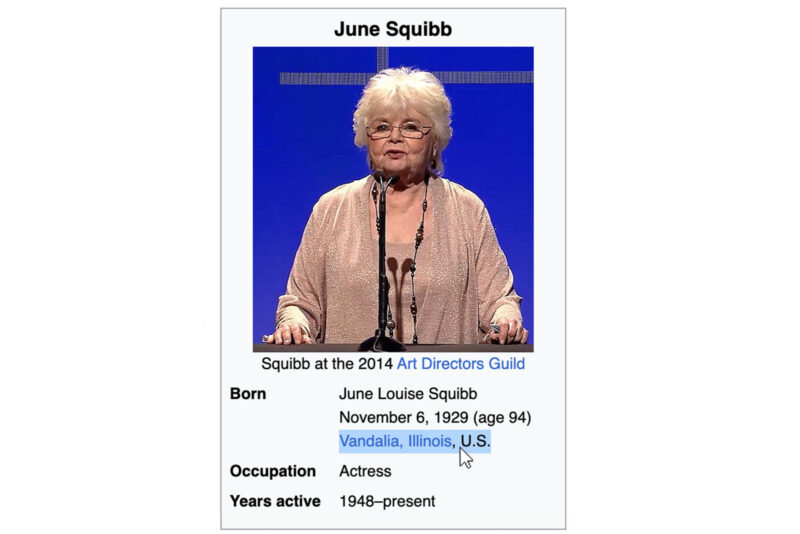
Once I was done laugh-crying at Thelma’s many zany, tear-jerking plot twists, I decided to set out on a Mission Impossible assignment of my own. My mission? To infiltrate the Thelma premier party and meet fellow Vandalian June Squibb.
Challenge accepted
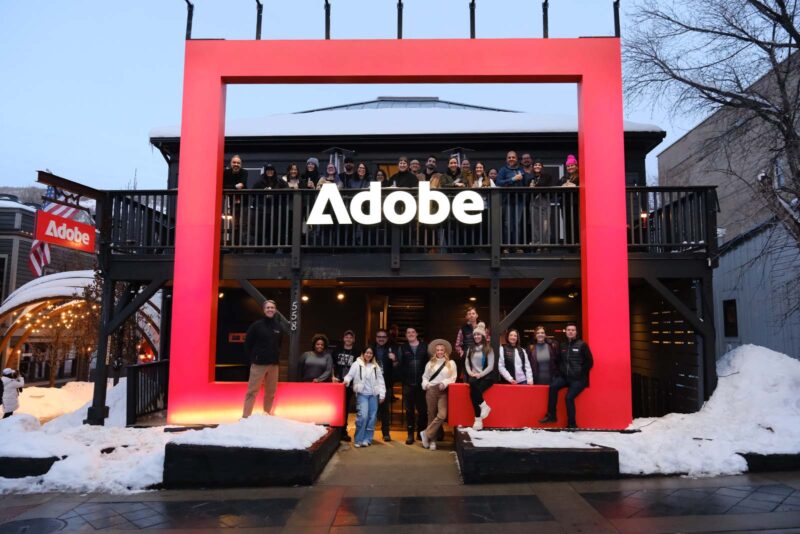
I knew the Thelma premier party was going to be held at a big, beautiful house called Adobe on Main. There, visitors could grab a bite, relax, recharge, and hear stories from the festival’s hottest filmmakers. Adobe also used the house to host chats with Sundance luminaries like Mark Duplass, Daniel Dae Kim, Melissa Barrera, Mel Eslyn, and more. All those celebrities floating around meant it was going to hard for me to sneak in. I also had one other problem: I wasn’t on the Thelma guest list.
Luckily, Frame.io had a sleek demo station set up inside Adobe on Main. They also had a photo booth that, using C2C technology, allowed festivalgoers to instantly take away a shareable picture of themselves posing in front of a fun backdrop. And just like last year, Frame.io supported twelve Sundance content production teams with producing their daily recaps. Since I work for Frame, I could use all of that to convince people that I definitely, absolutely belonged at the Thelma premiere party.
Using my trusty Frame.io business card, I was able to slip past the front door. I tiptoed upstairs and decided to hide out on the second-floor balcony. Unfortunately, the snow was coming down hard. And it was absolutely freezing outside. But Tom Cruise was clearly smiling down on me from somewhere, because the Adobe house had heated seats installed all around the balcony.
Then, I heard a commotion down below! I ran to the railing and looked down. Below, I saw actor Fred Hechinger standing next to a black car. He was helping someone out. This was my chance!
Casually, I lunged headfirst down the staircase. June Squibb was right there, sitting in a chair on the far side of room! After two sweaty, knee-shaking laps around the Adobe house, I finally mustered up the courage to talk to her.
To my relief, June was delighted to talk to me. We chatted at length about Vandalia and all the ways that the town had changed over the years. She also mentioned something that made me pause. Apparently, people from our hometown try to reach out to her all the time through Facebook. I told her that she should be very careful who she talks to on the internet. She just laughed and assured me that she was savvier than her Thelma character when it came to online scams.
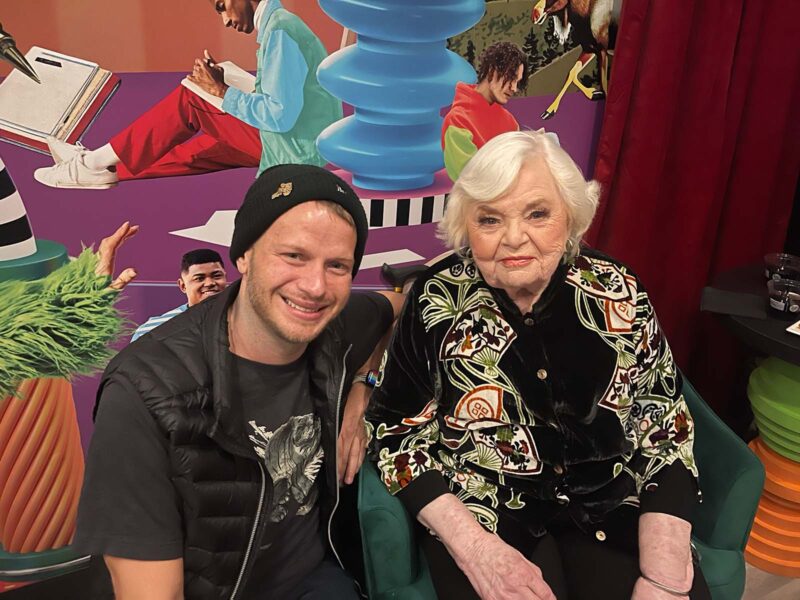
Celebrities, celebrities everywhere!
Mrs. Squibb wasn’t the only celebrity to encounter at Sundance. The festival hosted a ton of industry-leading talks about the future of filmmaking. These were hosted by marquee names like Stephen Soderbergh, Lucy Lawless, and Jesse Eisenberg. Issa Rae instructed the “The Art of Doing You” MasterClass at the World of Hyatt. Aubrey Plaza and company led a panel for My Old Ass at Chase Sapphire on Main. In short, Sundance was the place to learn about filmmaking from some of the biggest and brightest names in the industry.
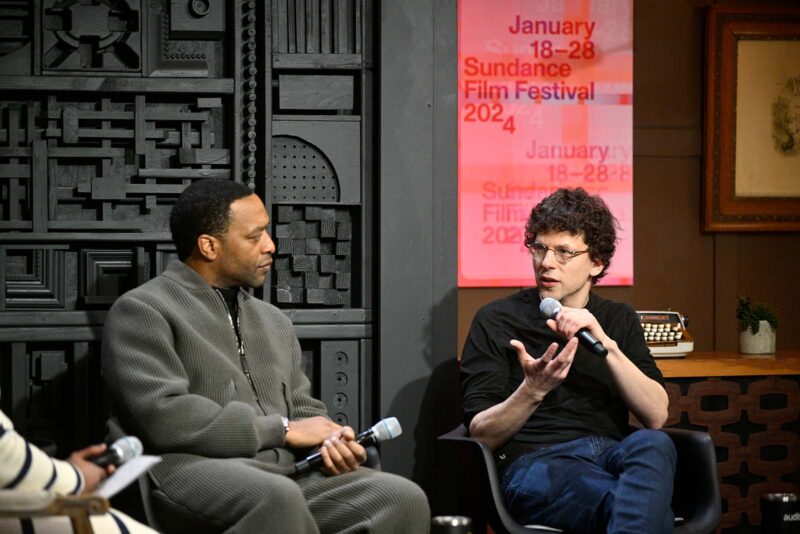
But talks and panels weren’t the only way to see the stars. I personally ran into actors Justice Smith, Kieran Culkin, and Robert Downey Jr. just by walking down Main Street. Other big names sighted in and around Adobe on Main were Malia Obama and Christopher Nolan.
There was also a rumor going around that Will Ferrell was about to DJ a set at the MACRO Lodge. Every night, I heard whispers that this was finally the night of his apparently-legendary performance. However, after nearly a week of searching, I found zero evidence that such an event occurred. Frame.io Insider will continue to monitor this breaking story as it develops…
Those Sundance moments
It’s not the celebrities that make Sundance what it is anyway. Amidst all the glitz and glamor, the heart of Sundance lies in those spontaneous, unquantifiable moments. Like after the premier of Black Box Diaries, when Gloria Gaynor’s “I Will Survive” played over the speakers, prompting the entire theater to jump out of their seats to dance and sing along.
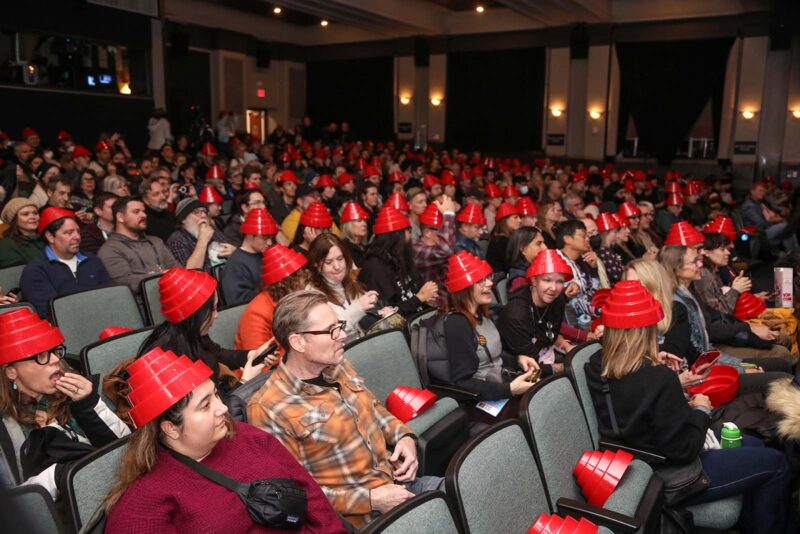
Sundance is about many different things. It’s about seeing an amazing movie and realizing that the film’s leading lady was born in your hometown. It’s about wandering into a random, quiet-looking building and discovering a free Black Keys concert. It’s Will Ferrell allegedly DJing at the Macro. And it’s also about discovering a whole new world of fresh filmmakers who are pushing cinema into the future.
But here’s my main takeaway: the buzziest films at this year’s Sundance used Frame.io and most of those will get distribution. Some of them already have. It’s What’s Inside landed at Netflix in a massive $17 million sale. It used Frame.io and Premiere Pro to help score that eye-popping deal. My Old Ass, an Avid/Frame.io project, walked away with a $15 million offer from Amazon’s MGM studios. Fellow Avid/Frame.io doc Super/Man: The Christopher Reeve Story also sold to Warner Bros Discovery for $15 million. And, thankfully, Thelma just landed a deal with Magnolia Pictures. You go, June!
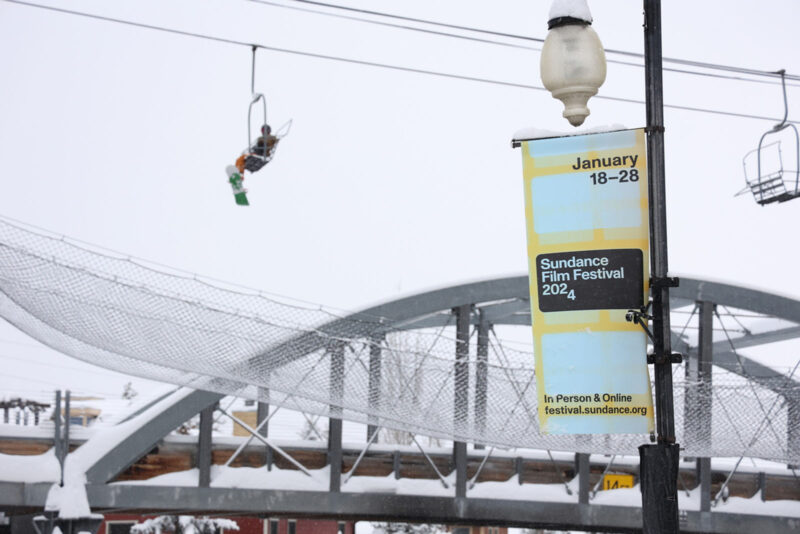
No matter how you cut it, the trend is clear: Frame.io had a big impact at the 2024 Sundance Film Festival. Creators agreed that Frame.io gives them the power and flexibility to complete their projects with the teams they want, no matter where in the world they happen to be. This year’s moviegoing landscape is certainly going to be a more interesting and diverse place because of Frame.

